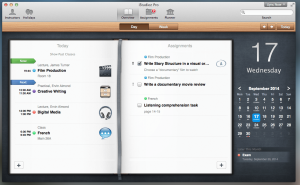Technology has seemed to have taken over todays society, from social media, to the way we go about doing daily activities, to the way we interact with each other, and we have even seen it in the business world. Companies now are required to use the modern technology available to remain appealing to the public and to be “successful”. We can see this displayed in the quality of technology that companies use typically judges on how successful the company is. It can even be interpreted by their internet presence. Do they have a useful and user-friendly website or do they seem to have a strong ad presence? These are all perspectives of the corporate and business world that have been altered by the sudden rise of technological advances.
Therefore with this in mind you could also argue that the job market and outlook of different careers has gone through a dramatic shift with the high demand for all types of engineers and careers in technology. Because now these careers are the ones that can help continue this driving force of new technologies to be built and maintained. The demand for new technologies has never been stronger.
So you might be thinking wow all that sounds great, but why would that apply to me? Well the workforce must prepare themselves to be able to use these technologies as well. To be a competitive candidate for any career or job, having good technological skills is a must!
Fortunately, the internet provides an endless array of tools to practice and hone these skills. Programming in particular is a very appealing skill to have in todays world. Knowing about the different programming codes and how to implement them could be your edge or key to landing that dream career!
And even better learning to code can be a fun and extremely interactive process!
Here is an extremely useful article that displays the top 10 programming languages, what they are best used for, and which websites are best to use to learn them!
http://mashable.com/2014/01/21/learn-programming-languages/
I hope you find this useful and that you unleash your inner programmer!
Until next time,
Alexandra Orrego

